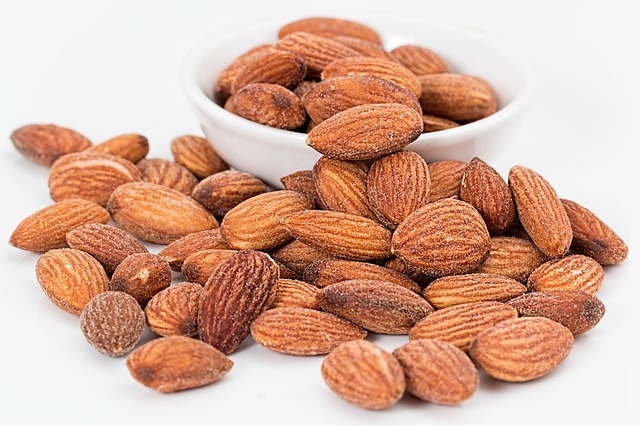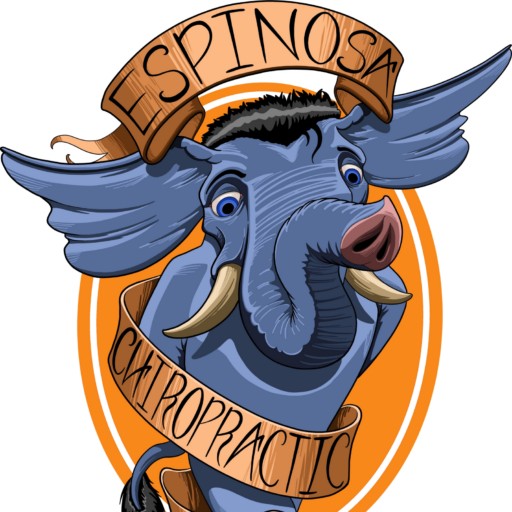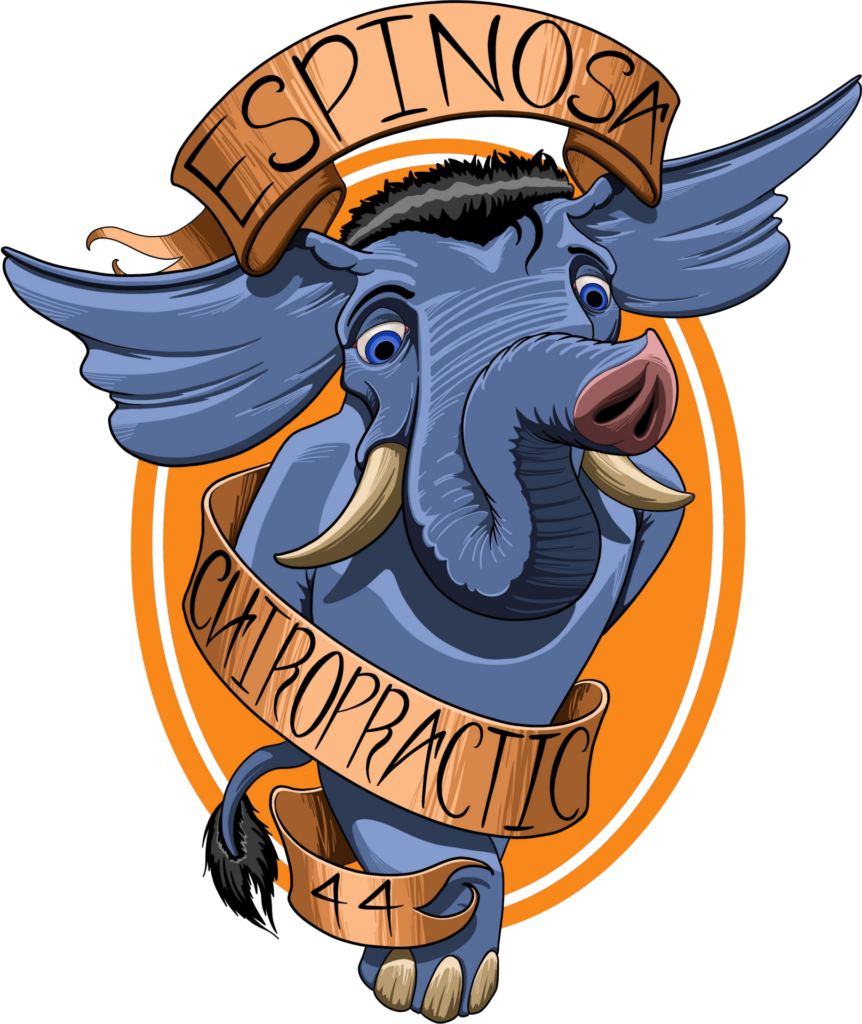Posts by Espinosa
A Protein-Rich Vegetarian Diet

The importance of protein
No matter who you are protein is important. To keep hair looking healthy and nails growing strong; to maintain, repair, and build muscle; to make important body chemicals; protein is an indispensable building block. For athletes, the importance is twofold: without protein, your muscle-building efforts will be seriously hampered. And with the foods highest in protein falling mostly into the carnivorous category, many vegetarians struggle to get enough protein in their diet. But no need to fear: with enough attention to your diet, you can get the protein you need depending on your level of activity.
How much protein should I be consuming?
For the average male or female during a sedentary day, you want to consume about .36 grams for each pound of body weight. This looks something like 56g for the average male and 46 for the average female. When you are working out, you need to scale this equation up: active people should aim for between .4 and .6 grams per pound.
How can vegetarians get their recommended daily amount of protein?
Here are some good meat-free ideas for getting more protein in your diet: all values are given for a 100g serving.
- Lentils: 9 grams
- Garbanzo beans: 19 grams
- 1 egg: 6 grams
- Quinoa: 13 grams
- Almonds: 21 grams
- Yogurt: 10 grams
- Peas: 9 grams
Protein from a chiropractor’s perspective
If you are putting in the work to build muscle through physical activity, you may as well not defeat yourself with your diet. Muscle building is important for just about every aspect of well-being; from supporting your spine to maintaining range of motion and preventing injury, protein is an integral part of a healthy lifestyle. Give our office a call to schedule an appointment today.
Are your Hips Contributing to Lower Back Pain?

Why does tightness in the hip flexors matter?
A less thought of factor when it comes to back health, the hip flexors can play a crucial role in the presence of back pain. When we sit for long periods of time, or pursue activities such as cycling or even jogging, the muscle complex in our hip flexors can tighten and create a pull on the front side (anterior) of the pelvis.
A microcosmic portrait of muscular imbalance with tight hip flexors and weak glutes
More commonly known as anterior pelvic tilt, this altered posture encourages your body to use the gluteus maximus less, creating a muscular imbalance that is a perfect recipe for back pain. Pain can often develop at a local level- that is, in the hip flexors themselves, because an overused muscle is prone to painful spasms, while weakness in the glutes will contribute to instability in the lower back.
What can I do about overly tight hip flexors?
We have a plan for releasing tight hip flexors, thereby making good posture easier to achieve and reversing the muscular imbalance that has occurred. We begin by releasing the muscle spasms which have accumulated in painful trigger points. We then focus on static hip flexor stretches to increase range of motion and focus on negating the anterior pelvic tilt to establish good posture as your norm. We are movement specialists and you can begin the process of releasing tight hip flexors by calling our office to schedule an appointment today!
The Challenges of Sleeping at College

Sleep is your ticket to success at college
By allowing your body to rebuild and repair, and preparing all your major internal systems for another day of activity and mental application, 8 hours of sleep is never more important than in college. But it is also the time when we see our young adults face sleep problems the first time. The struggle is to find balance and keep stress at a minimum so that you can get to sleep and stay asleep at night.
The Therapeutic Effect of Floating

Water is spinal therapy
Floating in water is the closest we can approximate to suspending gravity within the earth’s atmosphere. By immersing yourself in water, the downward force of gravity is greatly mitigated, which means that the near-constant compression of your spine is also reduced. If you are suffering from back pain, it is worth considering taking a trip to the pool in order to experience the pain relief that comes when the pressure is taken off your spinal joints and bones.
How we Help Athletes Stay Ahead of Injuries

What defines a high-impact sport?
Even running can be considered high impact. From a chiropractic perspective, “high-impact” refers to any sport that causes excessive shock to the joints of the body. Sports such as football, rugby, and even basketball and soccer put athletes at risk for injuries including sprains and strains, ligament injury, and damage to the neck and spine. Are you one of these athletes? Read on to find out how we protect your body against the dangers of your sport.
Leave Back Pain out of your Sleep Life

Sleep and chronic back pain don’t mix
And while chronic back pain obviously prevents people from sleeping, the lack of sleep feeds back into chronic pain by heightening stress levels and preventing the body from getting the rest it needs to fortify itself against chronic pain in the first place. Once chronic pain starts to invade on your sleep life, it can feel like there is nowhere left to go.
Chiropractic for Joint Pain Conditions

Chronic joint pain is a drain on quality of life
Joints are the workhorses of the human body; they are the structures where bone meets bone, providing the functions of range of motion and shock absorption. As an office of chiropractic, a set of joints we treat on a regular basis are the facet joints. Facet joints, of which there are two in every spinal motion segment, allow for stable articulation between the vertebrae. They are small and, because they are so often used, they are frequently injured.
Facet Joint Syndrome is a common cause of back pain
Each facet joint is encased in a joint capsule filled with synovial fluid, the lubricating material that contributes to joint health. This capsule is covered by hyaline cartilage and the overall role of the entire structure is to stabilize the spine- to prevent damage from occurring due to excessive motion. When damage occurs to the joint capsule, whether due to acute injury or repetitive trauma, back pain, swelling and inflammation is a natural result. Most instances of FJS will heal themselves within a 6 week time period, but chiropractic helps to empower your body to heal quicker and prevent the injury from recurring.
Chiropractic is effective at healing Facet Joint Syndrome
A chiropractic examination can determine whether your back pain may be caused by FJS. If so, we proceed with a dynamic plan for treatment including conservative methods for empowering your body’s ability to heal. These include:
- Chiropractic adjustment to align the spine and re-hydrate the facet joints.
- Lifestyle adjustments to account for your injury.
- Decompression therapy including manual and instrument-assisted traction to open up space between the vertebrae.
- Advice on posture and diet to help support the healing process.
If you suspect you may be suffering from Facet Joint Syndrome, give our office a call to schedule an appointment and speed up the healing process today.
What Behavior is Causing your Muscle Tension?

Muscle tension often flies under the radar
At our office in Houston, we define muscle tension as a condition where muscles in the body remain contracted or semi-contracted for an extended period of time. We also regularly see the damaging effects of prolonged muscle tension: the aches, pains, headaches, and stiffness that often accumulate into episodic back pain. But what causes muscle tension?
Behavior that is contributing to muscle tension
- Stress: the body tightens in response to stress; blood flow to soft tissues is reduced which means oxygen is reduced, and biochemical waste is allowed to build in the muscles, leading to tension, spasm, and pain.
- Poor posture: good posture means your spine is balanced with muscles working in harmony; poor posture means that your spine is unbalanced and your muscles must compensate to keep it upright. Some muscles are constantly contracted while others are not used at all.
- Lack of exercise: more exercise means more oxygen to your muscles and the prevention of lactic acid build-up. When muscles are not stretched regularly, they become short and trigger points are likely to develop
- Lack of certain nutrients: calcium, magnesium, and B12
- …and too much of others: caffeine, phosphorous.
- Sleep health: lack of sleep deprives you of oxygen and prevents the breakdown of lactic acid which contributes to trigger points.
Spinal Stability: Why is it so Important?

The importance of core stability
You may as well equate core stability with spinal stability. Core muscles refer to the network of muscles in your stomach and back which combine to support your spine, maintain stability and prevent injury. Weakness in these muscles is a signal contributor to not only back pain, but the development of poor posture and debilitating spinal conditions such as herniated discs. Boiled down to its most basic, a strong core will support your spine and allow you to perform thousands of daily motions without incurring injury. Let’s take a look at one of the most important core muscles.
Focus on Footwear to Improve Spinal Health

The two worst forms of footwear for people with back pain
High heels and flip flops. This is a bottom-up problem: by not providing adequate support for your feet, the instability ripples through the legs and affects the spine, especially the lower back.
- The higher the heel, the more accentuated the arch in your lower back, straining the muscles of the lower back in the process.
- Flip flops don’t anchor your feet, instead letting them slide around in the footbed. This means that the weight of your body is being thrown about, exacerbating conditions such as sciatica.
From a chiropractor’s perspective, high heels and flip flops both fit under the category of flimsy footwear. They may serve an intermediary purpose, but they should never be your go-to shoe.
